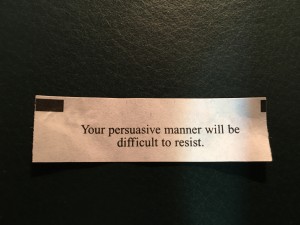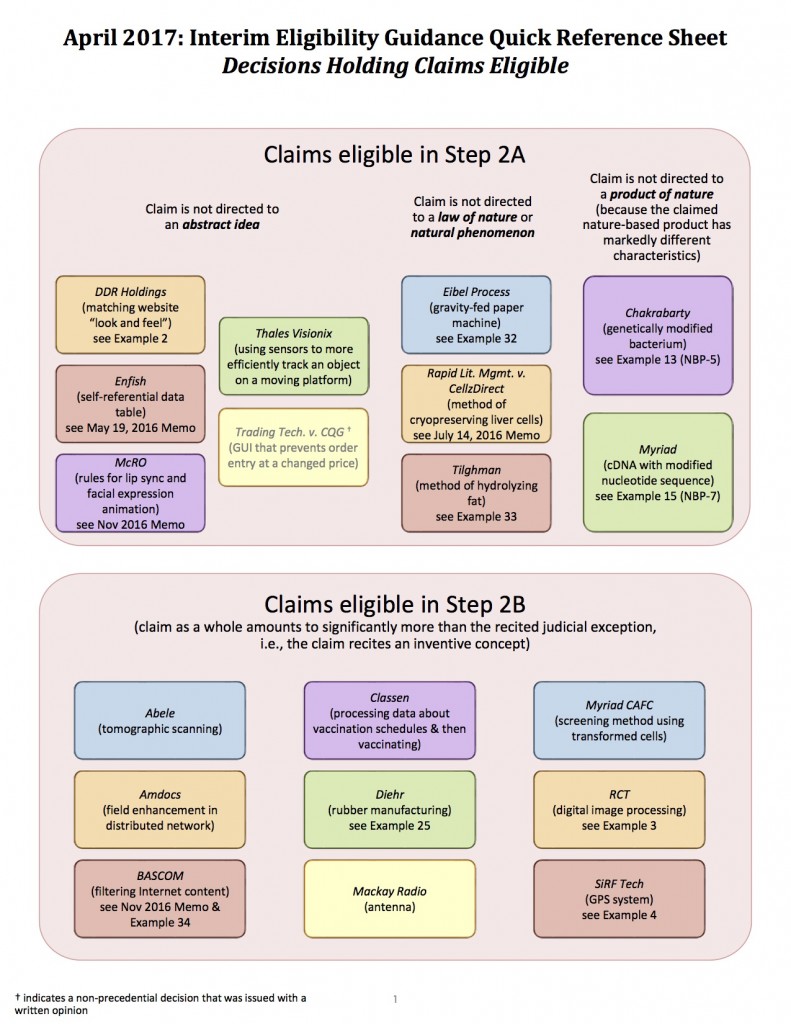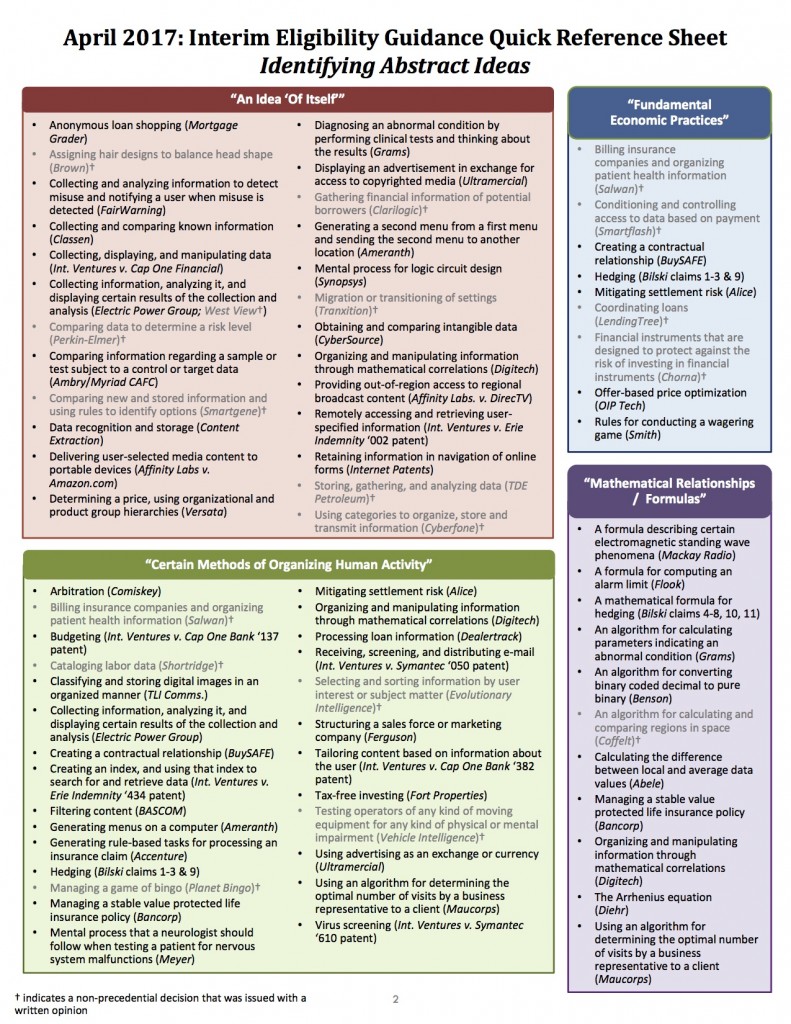I was researching an issue in the Chisum treatise the other day and stumbled upon the Coe v. U.S., 84 F.2d 240 (D.C. Cir. 1936) case. I thought it might be of historical interest to some. It was a rare use of a writ of mandamus to require the Patent Office to take action — in the Coe case that action was entry of an amendment.
________________________________________________________________
COE, Commissioner of Patents,
v.
UNITED STATES ex rel. REMINGTON RAND, Inc.
No. 6607.United States Court of Appeals for the District of Columbia.
Decided April 27, 1936.241*241 R. F. Whitehead, of Washington, D. C., for appellant.
Charles M. Thomas, of Washington, D. C., and S. E. Darby, Jr., of New York City, for appellee.
Before MARTIN, Chief Justice, and ROBB, VAN ORSDEL, GRONER, and STEPHENS, Associate Justices.
VAN ORSDEL, Associate Justice.
The Commissioner of Patents appeals from an order of the Supreme Court of the District of Columbia granting appellee’s petition for a writ of mandamus directing the Commissioner to enter and consider a certain amendment filed on September 20, 1934 to a pending application for patent of one Lasker, serial No. 681,333, filed December 18, 1923 and assigned to the appellee, Remington Rand, Inc.
It appears that, during the period in which the Lasker application was pending in the Patent Office, eight different official actions were had, in five of which new art was cited by the Primary Examiner. It may be assumed that the delay in the consideration of this case by the Patent Office was due to these numerous actions.
After his application was allowed, applicant copied claims from a patent which had been issued to Lake and Storey on September 9, 1930. The Primary Examiner held that Lasker’s application supported certain of the claims, and accordingly, by direction of the Commissioner, an interference was declared involving the Lake and Storey patent. Lake and Storey moved to dissolve the interference, urging the failure of Lasker’s application to support the interference issues. The Examiner of Interferences granted the motion to dissolve, thereby reversing the decision of the Primary Examiner. Lasker then appealed to the Board of Appeals, which affirmed the decision of the Examiner of Interferences, and dissolved the interference.
This operated to restore the Lasker application to the Primary Examiner, where its prosecution was resumed. Upon further hearing the Primary Examiner rejected all claims involved in the interference, including the claims which had been previously allowed to Lasker. Lasker promptly filed an amendment to his application, traversing the new ground of rejection. The amendment included not only matter taken from prior art patents, which had been used as cross-references in the Lasker application as filed, but also additional claims tending to avoid the new ground of rejection found by the Examiner.
The Examiner refused to enter and consider the amendment, although the prosecution of the application was still pending; that is, the case had the status of a regularly pending application. Thereafter the Commissioner refused to enter the amendment, and it is urged that, since no appeal lies from his refusal, the remedy is by mandamus to compel him to order the Examiner to enter and consider the amendment.
(more…)



